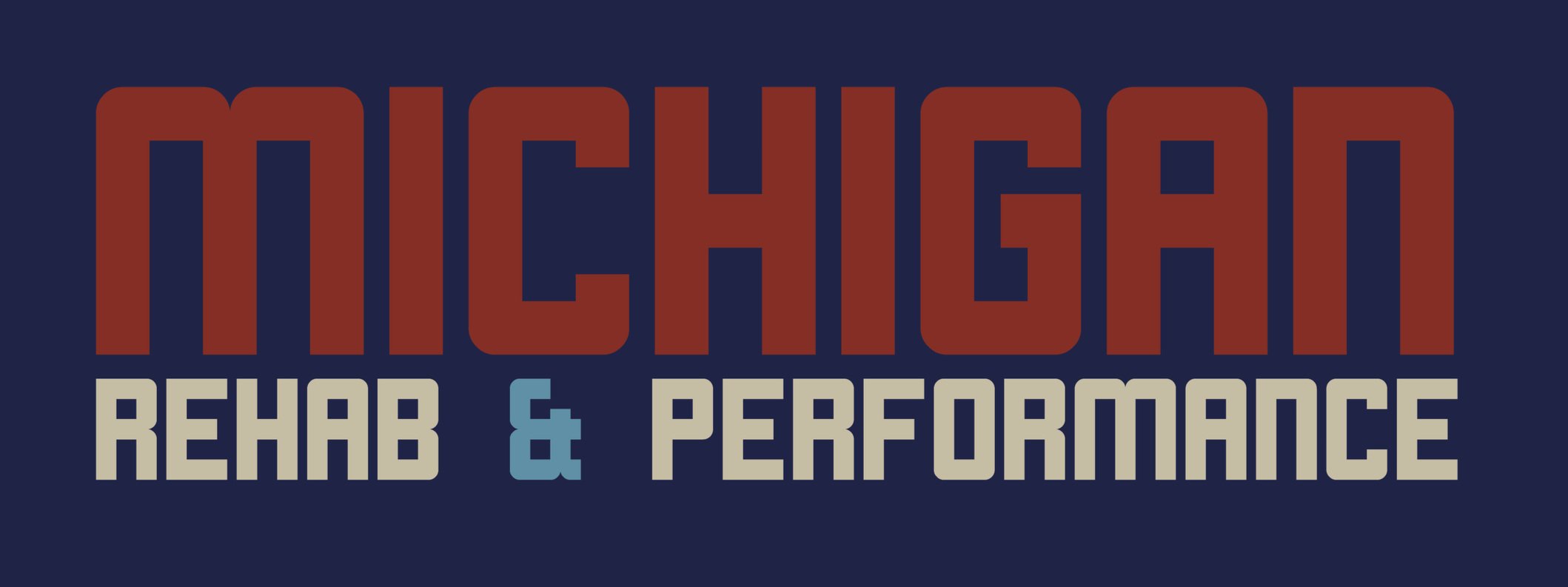Creatine Intake for Athletes: Boosting Performance Naturally
Creatine has long been a staple in the world of sports nutrition, celebrated for its ability to enhance performance, strength, and recovery. For athletes looking to gain an edge, understanding how creatine works, how much to take, and how to use it effectively can unlock its full potential. Let’s dive into the science, benefits, and practical tips for incorporating creatine into your regimen.
What is Creatine and How Does It Work?
Creatine is a naturally occurring compound found in small amounts in foods like red meat and fish, and it’s also produced by your body in the liver, kidneys, and pancreas. About 95% of it is stored in your skeletal muscles as phosphocreatine, a high-energy molecule that fuels short, intense bursts of activity—like sprinting, lifting, or jumping.
During high-intensity exercise, your muscles rely on adenosine triphosphate (ATP) for energy. ATP depletes quickly, but phosphocreatine steps in to rapidly replenish it, delaying fatigue and allowing you to push harder for longer. Supplementing with creatine increases these muscle stores, amplifying your capacity for explosive efforts.
Why Athletes Love Creatine
The benefits of creatine are backed by decades of research, making it one of the most studied and effective supplements available. Here’s why it’s a game-changer:
- Increased Strength and Power: Creatine boosts performance in activities requiring maximal effort, like weightlifting or sprinting. Studies show gains in 1-rep max strength and faster sprint times.
- Improved Muscle Growth: By enabling more intense workouts and enhancing recovery, creatine indirectly supports hypertrophy over time.
- Enhanced Recovery: It may reduce muscle damage and inflammation post-exercise, getting you back in the game faster.
- Better High-Intensity Endurance: Think repeated sprints or circuits—creatine helps you maintain output across multiple bouts.
- Cognitive Boost: Emerging research suggests creatine may improve focus and mental clarity, a bonus for sports requiring strategy.
How Much Creatine Do Athletes Need?
Creatine supplementation is simple, but there are two common approaches:
1. Loading Phase (Optional): Take 20 grams per day (split into 4 doses of 5 grams) for 5–7 days to quickly saturate muscle stores. This is ideal if you want fast results, like before a competition.
2. Maintenance Phase: Follow with 3–5 grams daily to keep levels topped off. If you skip loading, start here—saturation just takes a few weeks longer.
For a 70 kg (154 lb) athlete, 3–5 grams daily is plenty after initial loading. Timing isn’t critical—post-workout with carbs or protein can slightly enhance uptake, but consistency matters more than the clock.
Best Sources and Forms
Creatine monohydrate is the gold standard—affordable, effective, and widely researched. Other forms like creatine HCL or ethyl ester exist, but they lack the robust evidence of monohydrate. Stick to a reputable brand, mix it into water or a shake, and you’re set. No need for fancy delivery systems—monohydrate gets the job done.
Naturally, you’d get about 1–2 grams from a diet rich in meat or fish, but supplementation is the most practical way to hit performance-enhancing levels.
Busting Creatine Myths
- “It’s a steroid”: Nope. Creatine is a natural compound, not a hormone, and it’s legal in all major sports organizations.
- “It causes bloating”: Early concerns tied to loading phases have faded with proper dosing (3–5 g/day). Most users report no water retention beyond muscles.
- “It’s bad for kidneys”: For healthy individuals, research shows no harm to kidney or liver function, even with long-term use.
- “You’ll lose gains when you stop”: Muscle creatine levels drop, but strength gains from training stick around if you maintain your workouts.
Practical Tips for Athletes
1. Start Simple: Mix 5 grams into your post-workout shake or morning smoothie.
2. Stay Hydrated: Creatine draws water into muscles, so drink plenty to support performance and avoid cramps.
3. Pair with Carbs: A little sugar (like fruit juice) can boost absorption, though it’s not essential.
4. Be Patient: If you skip loading, benefits build gradually over 2–4 weeks.
5. Cycle or Not?: No need to cycle off—creatine’s benefits hold steady with consistent use.
Who Benefits Most?
- Strength Athletes: Powerlifters, bodybuilders, and throwers see the biggest gains in max effort and recovery.
- Team Sport Players: Soccer, basketball, and hockey athletes thrive with improved sprint and jump performance.
- Endurance Athletes: Less direct benefit, but it can aid in high-intensity intervals or strength training adjuncts.
The Bottom Line
Creatine is a safe, proven tool to elevate your athletic potential. It’s not a magic bullet—you still need to train hard and eat well—but it amplifies what you’re already putting in. For a few bucks a month, you get stronger, faster, and more resilient. Whether you’re chasing a PR or a championship, creatine’s a no-brainer addition to your toolkit. So, scoop it up, hit the gym, and let your performance speak for itself.

